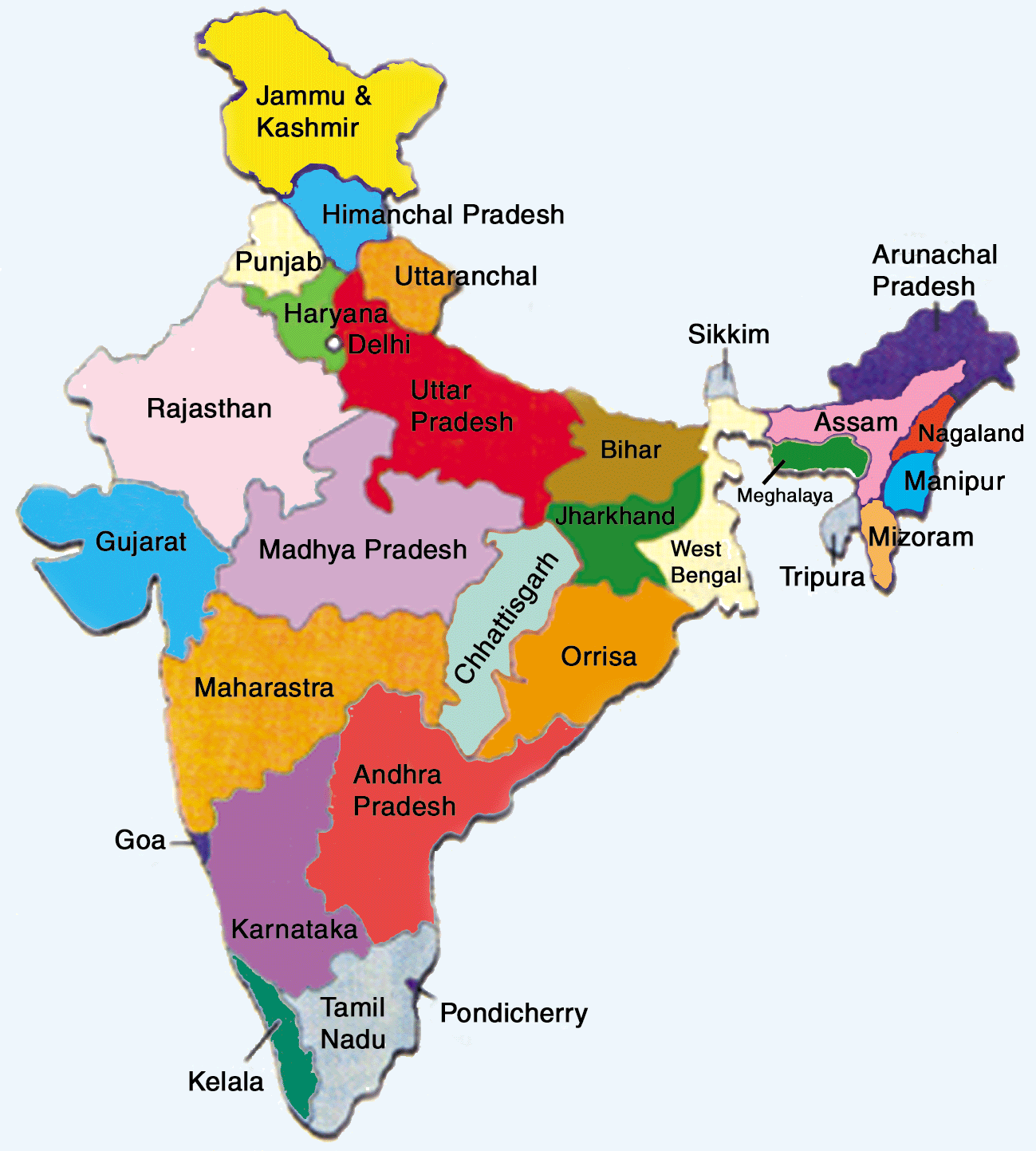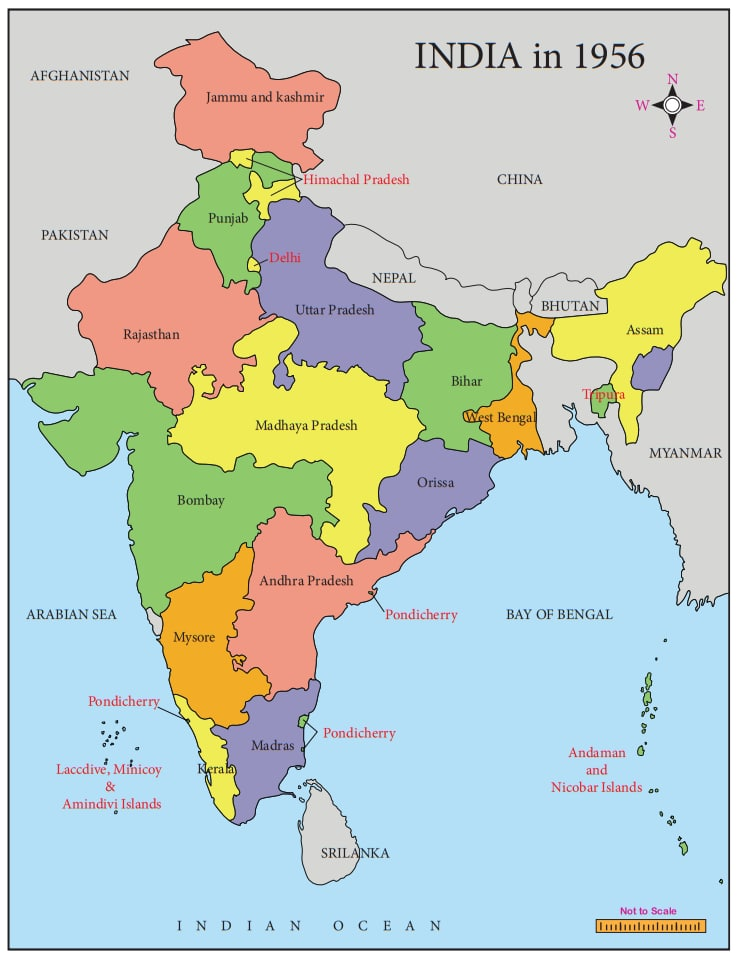Free Courses Sale ends Soon, Get It Now


Free Courses Sale ends Soon, Get It Now



Copyright infringement is not intended
Context: Himachal Pradesh celebrated its foundation day on the 15th of April.
Himachal Pradesh
Evolution of Indian States and Union Territories
Dhar Commission and JVP Committee
Fazl Ali Commission

Copyright infringement is not intended
© 2024 iasgyan. All right reserved